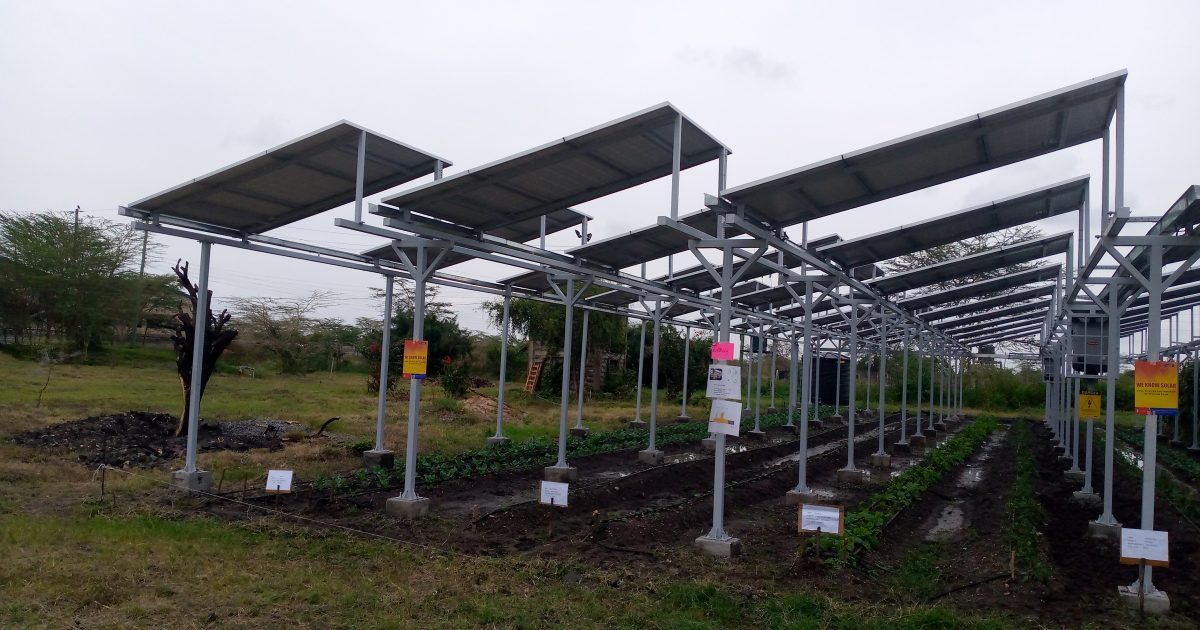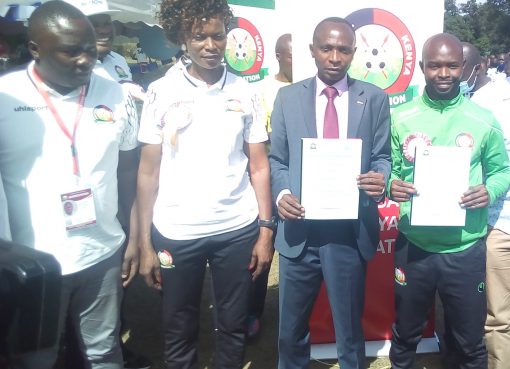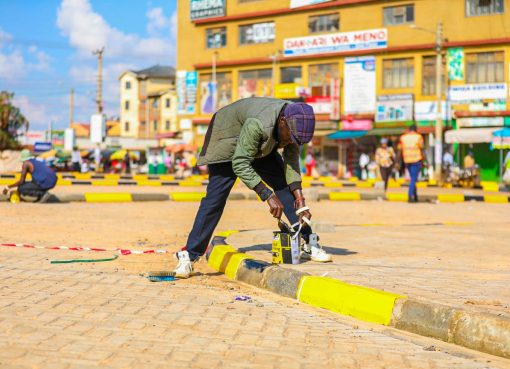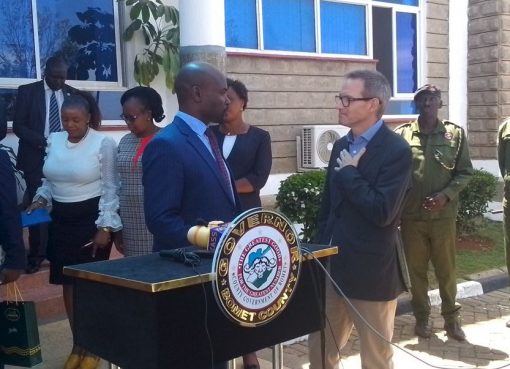A new technology geared at boosting crop production in Kenya through the use of solar panels has been launched.
The agrivoltaics technology, a technique that involves harvesting energy from the sun twice through the use of solar panels, was launched at Isinya, Kajiado County, after a year-long research collaboration between the University of Sheffield, World Agroforestry and Latia Agri-business center.
The technology comprises mounting of solar panels three meters above the ground allowing sufficient room for crops to grow underneath.
By doing so, a small portion of land is used to generate power while the rest can still be used to grow crops.
The solar panels capture the sun’s rays to provide energy at the same time providing shade for crops planted underneath thus the crops moisture is retained, heat stress reduced and growth boosted.
According to Dr Richard Randle Boggis, a researcher at the University of Sheffield, the Agrivoltaic energy systems combine the delivery of solar electricity, crop production, and rainwater harvesting on the same land area.
It maximizes efficient use of solar energy and land to generate power while improving agricultural yield thus boosting food security.
He noted that while the use of solar to provide cheap energy is not a new idea, growing crops beneath the panels is.
“Instead of the solar panels being mounted close to the ground like traditional solar power arrays, the panels are constructed several meters above the ground, with gaps between the arrays, enabling crops to be grown underneath. Rain water is also harvested from the panels to be used during periods of drought,” he said.
Boggis stated that the technology, a first of its kind in Africa, is a triple win for food, energy and water security.
He added that the project would help guide on the potential of agrivoltaics in Africa as well as offer an alternative solution in areas where greenhouse adoption was a challenge.
Dr Christine Lamanna, a climate change ecologist at World Agroforestry, noted that climate change was a major challenge in agricultural production in Kenya.
Lamanna revealed that erratic rainfall patterns and excess heat affects food production while growing crops under the shade can increase yields as the crop’s moisture is retained and heat stress on the crops is reduced.
Charles Macharia, a manager at Latia Agri-business Solutions, reiterated that the agrivoltaics project apart from ensuring food security maximizes land use as well as reduces electricity costs and water for farmers.
“Rain water is harvested and stored in tanks as the panels have gutters and the solar panels also provide energy thus electricity and water costs are minimized. No land is wasted as the crops are grown beneath the solar panels,” Macharia said.
The rain water harvested is used to irrigate the crops.
Macharia added that the trial project allowed for comparison of how different crops grow under the solar panel shades with some crops found to do better than others.
According to Judy Wairimu, an Agronomist at Latia Agri-business Solutions, some crops like cabbages, kales, eggplants and maize performed very well under the solar panel shades.
“Cabbages grown under the solar panels performed very well with one cabbage weighing up to 5 kilograms compared to those grown in the open field that weighed 2 kilograms. Maize also did well as they were taller, bigger and had double cobs,” said the Agronomist.
Wairimu noted that growing crops under the solar panel shade protects the plants from damage caused by high temperatures as well as ultraviolet light from the sun resulting in better yield.
Less water is also used in irrigation as the soil retains moisture.
By Rop Janet





